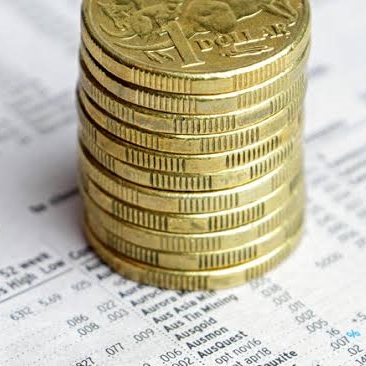
Xinja Bank launches capital raise for sophisticated investors as part of Series D
Xinja Bank, Australia’s independent neobank built entirely for mobile, has launched a fund raise aimed at sophisticated investors, with a minimum of $20,400 to invest.
The capital raise is part of Series D, and funds will be used to continue to build the lending side of the business, and regulatory capital.
Xinja Bank launched a market-leading savings account, alongside its bank account, on January 15 2020. In just seven weeks, more than $300 million in deposits has flowed into the bank. Xinja now has 25,000 customers and more than 41,000 accounts.
“This is a massive response from customers,” said Xinja Bank founder and chief executive Eric Wilson. “It’s a big vote of confidence in Xinja’s style of banking,” he said.
Xinja was built from scratch to deliver better banking to customers. It uses the latest cloud-based banking technology. It has no costly, old-style IT to patch, no expensive bricks and mortar branches to run, and a tight team of Xinja-workers who help deliver the kind of banking Australians deserve: lower lending rates, higher savings rates and technology that helps them get the most from their money.
“People expect seamless technology in almost everything they do daily: from ordering food, to booking holidays or a ride home,” Mr Wilson said. “Xinja is in that category. We have built a bank from scratch, where the technology is intuitive and fun, and that offers a better way to bank.”
Xinja has raised around $70 million in total, from Australian and offshore investors through Series A, B, C and the first 40% of Series D. This includes two equity crowdfunding (ECF) rounds, held in January 2018 (Australia’s first ever equity crowdfund) and January 2019. Xinja still holds the record for the most raised from equity crowdfunding in Australia.
It is now opening Series D to ‘sophisticated’ or ‘wholesale’ investors (as defined by ASIC and the Corporations Act) with a minimum of $20,400 to invest, via investment platform, Equitise. Equitise partnered with Xinja through its two ECF campaigns.
Shares are priced at $4.08 a share and the minimum investment is $20,400.
The 1,220 investors in the first ECF bought shares at $1.25 each. A year later, in January 2019, Xinja issued shares at $2.04 each, attracting another 1500 investors, with a minimum parcel of $255 for each investor.
“We would like to have done another equity crowdfund to open this to all our customers,” Mr Wilson said. “However, equity crowdfunding regulation prevents us from doing that,” he said. “As part of our recent submission to the Australian Senate Select Committee on Financial Technology and Regulatory Technology, we recommended that this restriction be lifted.”
Xinja was launched in May 2017. It built an app, launched a prepaid card, and then secured a full bank licence in September 2019, opening bank accounts for customers on the same day.
It appointed former Tesla engineer Thomas Vikstrom to its Board, and banking futurist US-based Brett King as a Board advisor.
Mr Wilson said Xinja Bank’s purpose is to provide banking that helps customers make the most out of their money, and get out of debt faster. Its Stash account, which offers a market-leading interest rate at 2.25%, has no strings attached: it’s a variable rate, with no minimum deposit, no minimum monthly investment, no intro period, and no demands around the number of account transactions each week or month.
“It’s an entirely transparent offer,” Mr Wilson said, “It speaks to the Xinja Bank ethos of trying to do the best by our customers, no strings attached.” Xinja Bank will offer personal and home loans later this year.
“We have had a huge influx of customers and deposits, so much so we have met our target for deposits already,” Mr Wilson said.
“We welcome each and every new customer who has made a decision to bank with us and will do our best to keep our promises. We are looking forward to continuing to grow the bank, with some really amazing banking experiences and features.”
Fast facts:
- Xinja raised more than $17 million, $2.4 million via equity crowdfunding in Series A and B
- Series ‘B-C’ raised $6 million, with a further $27 million in Series C. This includes a second equity crowdfund, which raised more than $2.5 million
- Series D is 40% complete with $20 million raised so far
- Minimum investment parcel in current offer is $20,400


